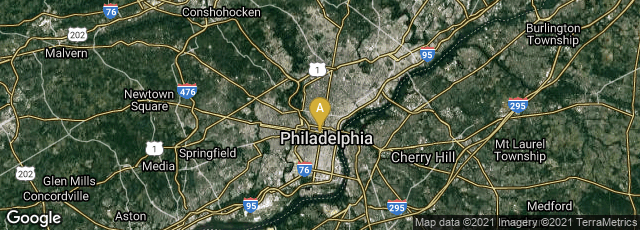In 1851 and 1853 publishers Lippincott, Grambo issued three different editions of a gift book entitled
The Iris, edited by John S. Hart. Each of these volumes was prefaced with an elaborate chromolithographed presentation page for the donor to personalize the copy for the intended recipient. Judging from the feminine content of these pages, these books were primarily intended to be given to women.
The copies of the 1851 and 1852 editions in my library are both in elaborate presentation bindings of black morocco. Because each of the spines of these volumes is signed with the name of the publishers it is probable that the bindings were produced in a bindery owned by the publishers.
Beyond the bindings, the most attractive features of the books today are the fine examples of chromolithography by the Philadelphia firm of
P. S. Duval & Son. The 1851 edition contains 4 chromolithographs, and a variety of short texts that are of little interest today.
The chromolithographs in the 1851 edition must have been a success, since the 1852 edition contains 12 chromolithographs, also by P. S. Duval & Son. That volume also published content of much wider interest, then and now—tales and poetry concerning Indian legends by the American historian and novelist
Mary Henderson Eastman, who was married to the American army officer and painter
Seth Eastman, who illustrated Mary's tales.
In 1841 Mary Eastman accompanied her husband when he assumed command of
Fort Snelling (in what is now Minnesota), where he served until 1848.
During this period, Mary Eastman learned the
Sioux language to study and record the
Sioux customs and lore. She collected tales and poetry on the Chippew and Sioux, Winona and Winona's Rock, Wabashaw, Flying Cloud, Minnehaha Falls (the "Laughing Waters"), St. Anthony Falls and Spirit Island.
Seth Eastman's paintings illustrating Mary Eastman's text were reproduced by chromolithography first in the 1852 edition of
The Iris, and the following year pages from
The Isis edition were collected and reissued as
The Romance of Indian Life. By Mrs. Mary H. Eastman. With Other Tales, Selections from the Iris, an Illustrated Souvenir.
